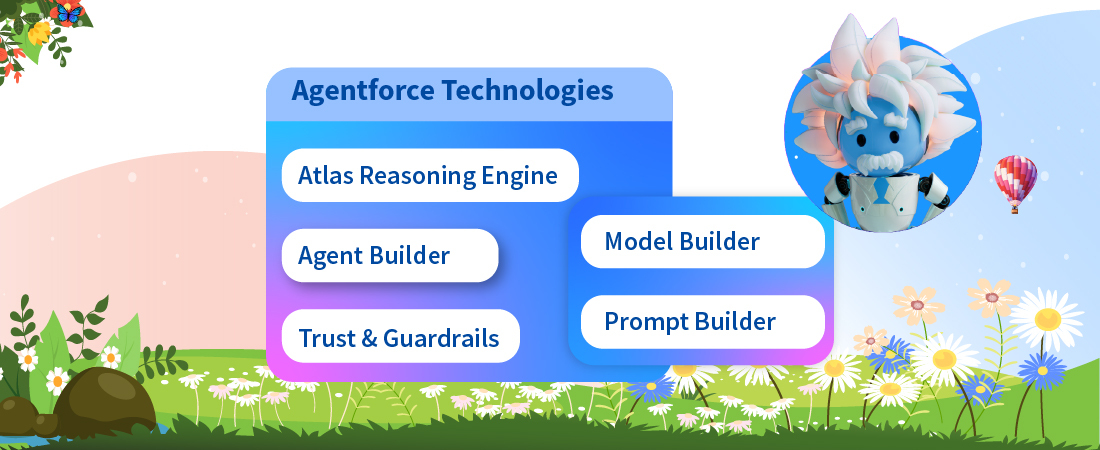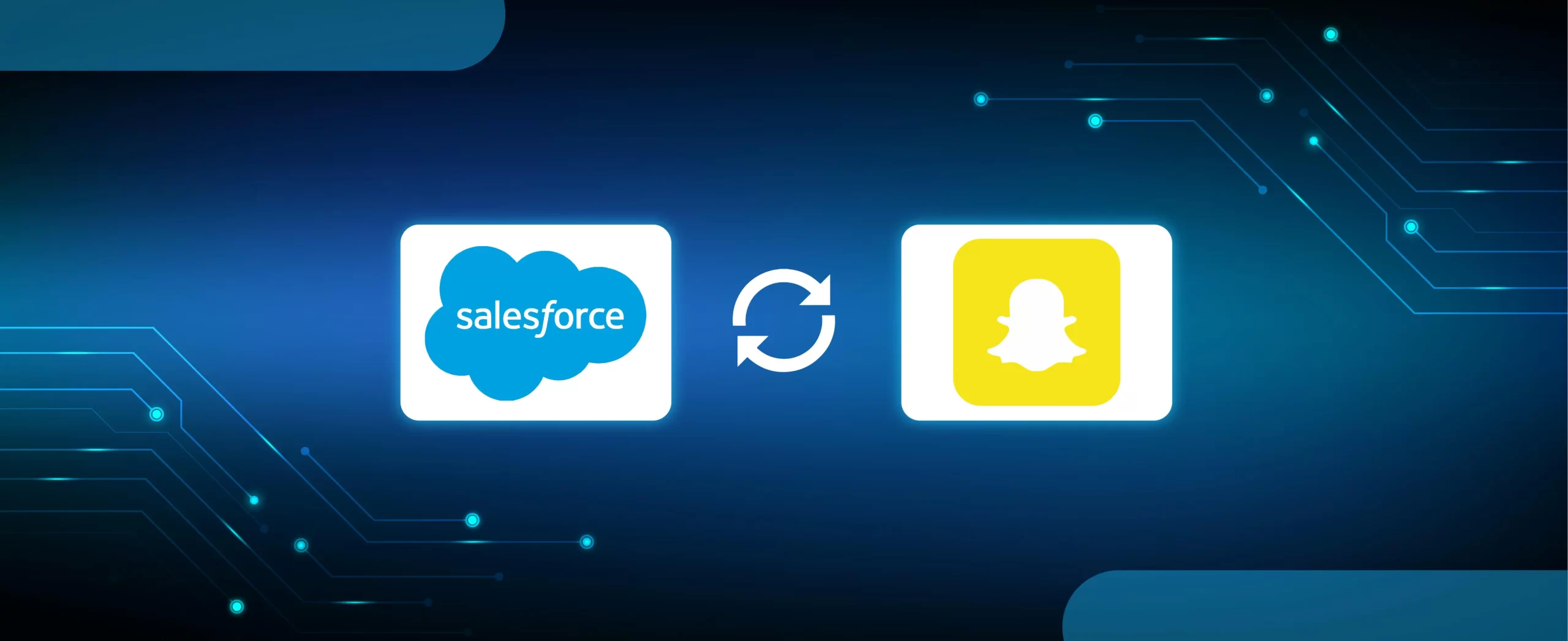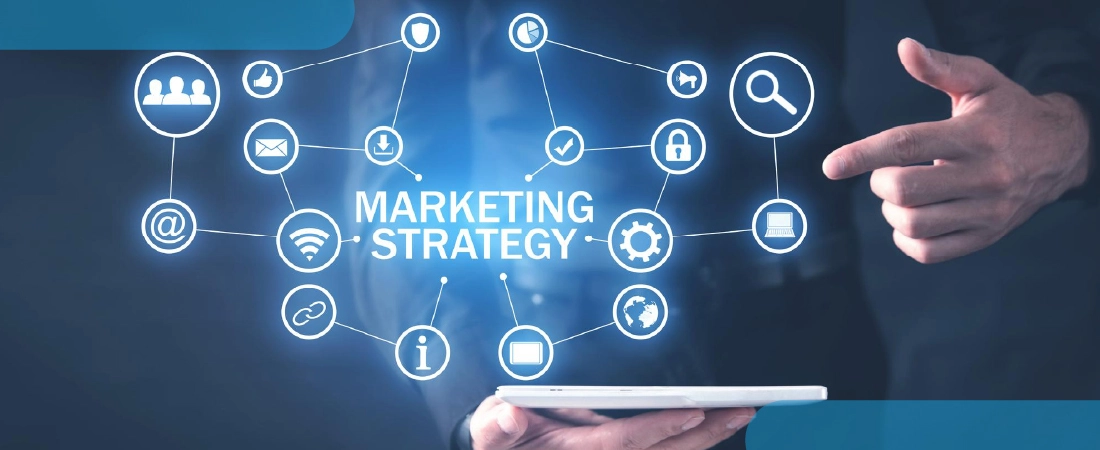From the time of the first customer database tool like Goldmine to present day Salesforce managing customer records has come a long way. Customer Relationship Management (CRM) and Sales Force Automation (SFA) are two business applications that are often thought to be nearly the same. Despite being powerful weapons in the arsenal of corporations, there are important differences between the two. An understanding of which is important is critical for optimal use of both these applications, especially for the sales team. The most important difference is that while CRM revolves around the customer (servicing both new and existing ones), SFA largely focuses on sales and attracting new clients. It is specifically designed by the sales team
Before evaluating the two, let us understand them in detail.
Sales Force Automation (SFA)
SFA is a tool mainly employed by the sales team to manage and organise contacts and generate sales leads. It forms the database of sales and product information, offering features that aid the sales process – pricing tools, workflow handling resources, call centre functionality, etc. SFA automates labour-intensive sales functions and makes sales operations more transparent. Don think that Sales force Automation is a new fangled tool only for the new age executive, from the time the first sales employee kept a rolodex of prospects and maintained records of his conversation with their prospects SFA has existed. New age sales tools ranging from Pipedrive to Nimble. Sales Force Automation tools are especially useful when users need to do advance segmentation and look for prospects based on industry, stage of sales and pipeline.
SFA revolves around navigating the sales process, some of its features being:
- Formulating realisable goals and allocating them to every sales team member.
- Recording and maintaining the data of cold calls and generating leads.
- Storage of contact information.
- Tracking, scheduling, and re-scheduling appointments.
- Managing sales opportunities, workflows, and pipelines.
- Generating pricing information.
Assisting in a competitive sales contest, boosting profits, and tracking quotas
Customer Relationship Management (CRM)
CRM has emerged as the system of records for an organizations customer. A good CRM system should track any kind of customer interaction that takes place during the customer journey within an enterprise. It is a data repository containing all the information associated with customer interactions. Whether it is tracking customer communication or customer support. CRM forms the data warehouse containing all information. CRMs have the capacity to track campaigns for maintaining data for expected sales and marketing campaigns.
The use of CRM or SFA in your business largely depends on your business model requirements and your personal choice.
Since CRM involves the customer at the heart of all its actions, its main features being:
- Maintaining a customer profile that includes customer purchase history, shipping history, behaviour data, and demographics.
- Storing sales history, for both, specific customers and the entire company.
- Tracking customer communications.
- Storing all the data related to accounting and online transactions.
- Tracking sales and marketing response.
- Observing customer care interactions and the services offered during support calls.
CRM vs. SFA
CRM is useful for monitoring after-sale for each customer while SFA is point-of-sale centric where an intermediary buys a product to sell to his customers. For instance, FMCG companies mostly leverage SFA tools to manage stock levels & forecasting requirements. CRM takes a much deeper approach, a case in point is eCommerce corporation which will use data residing in CRM systems to analyse customer spend and run promotional offers targeting an individual customers preference. In this new era of data analytics and customer, engagement CRM can be that secret weapon for an enterprise. CRM systems become much more powerful when integrated with social media tools or direct e-marketing.
To understand which tool is more powerful in the hands of your sales team, consider aspects like how many touch points are there between your sales representative and buyer before a purchase decision is made. If the number of touch points is high and the SFA tool would be helpful. CRM systems, on the other hand, require more training in comparison to an SFA tool and also track a much larger set of data if your organization has a mature set of customer engagement best practices or wants to develop those a CRM could come handier.
Finally, it all boils down to the specific needs of your business. Before taking a decision on which system to implement its important that all the stakeholders of an organization are brought on board if this system is going to be fresh roll out look for a solution that maps closely with your existing business processes. You should discuss your requirements with a multiple stakeholders’s as well as vendors to have a greater understanding of the functionalities of these tools.
Quite a few CRM systems can carry out the operations of an SFA tool but to achieve a more in-depth prospecting, contact management, and collaborative selling, an SFA is a must. In an ideal scenario, one can use both, CRM and SFA, wherein the SFA could initiate the sales process and the CRM can then ensure that the customers remain using the services offered by your business for years to come.






